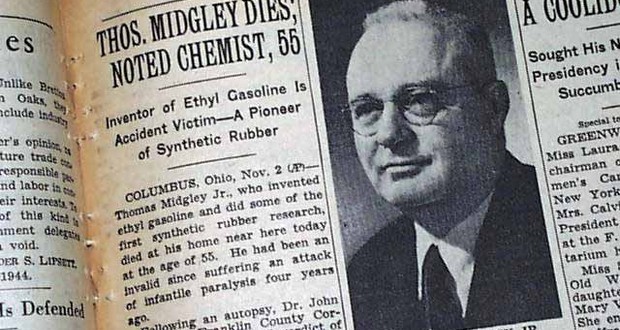The art world is alight with feel-good rhetoric about ‘creativity’. We celebrate it as intrinsically beneficial. But creativity looks less benign outside the white cube in the real world, where its consequences can be dire. Take the American mechanical and chemical engineer Thomas J. Midgely. Granted more than a hundred patents, he was clearly rather creative. He will be particularly remembered for two creations: leaded petrol and chlorofluorocarbons. Both were later banned due to their disastrous impact on people and the planet. Midgely has been described as a ‘one-man environmental disaster’ with ‘more impact on the atmosphere than any other single organism in Earth’s history’. Interestingly, he would be a victim of his own creativity. In 1940, aged 51, he contracted polio and devised an elaborate system of ropes and pulleys to lift himself out of bed. Four years later, he became entangled in the device and died of strangulation. Thought experiment: If you had a TARDIS, would you go back and eliminate Midgely before he created his bad things and thus save the world? If so, would that make you a creativity killer?
•
